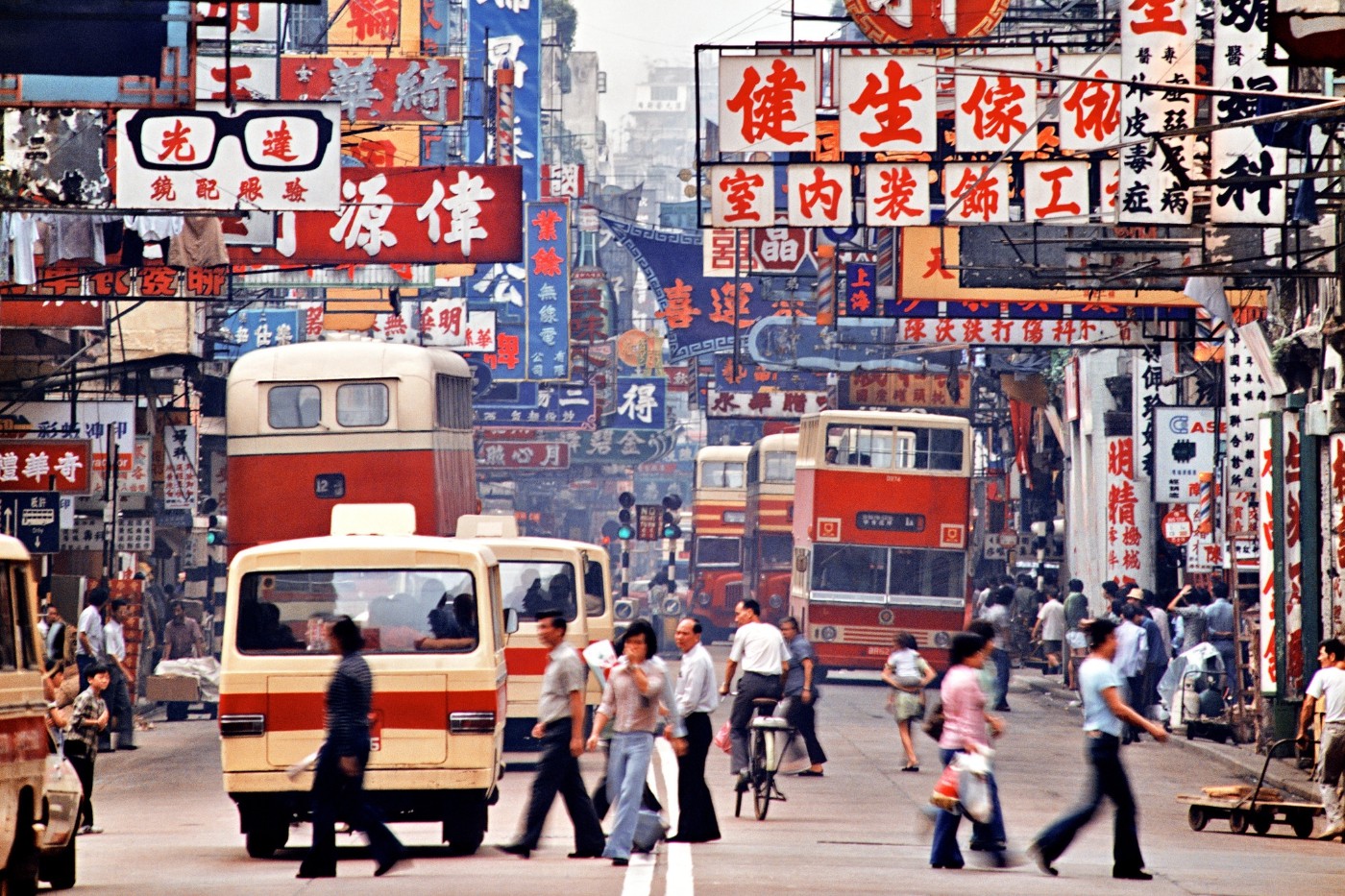
In Abbas, M. A.’s 1997 writing ‘Hong Kong: Culture and the politics of disappearance’, the writer shows the concern for the emerging ambiguity and characterlessness of Hong Kong’s urban identity. So called, ‘the Merely Local’ were rooted out from the city as easily readable monumental buildings rushed into it. It was certainly true that those removed structures did contained the genuineness of Hong Kong, which helped defining the Hong Kong as the most iconic city around the world until the late 1980’s. This uprising ambiguity of the urban identity raised up the question of necessity of architectural preservation. However, this idea also followed with the mixed feelings of a culture of disappearance, since the irresistible and required colonial power was merging into the city at the same time. Therefore, the preservation based on the selectiveness of the colonial taste were ‘not the same as memory: it is a memory without pain.’, so the priceless identity of Hong Kong ‘dis-appeared’ together with it.
On his last part of the writing, he states that the status quo of current Hong Kong architectures is not as optimistic as before through the perspective of cinema. He pointed out the city’s problematic attitude for answering the self-question of its own urban definition and too-easy receptivity, which make the urban vernacular more and more characterless and anonymous.
Every city lost some of its identities during the transition of cultures and economy. There could be unavoidable changes that should be done in the cities for certain reasons. It is definitely important to be aware of the necessity of preservation, however, it is equally important to think of the new identity of the city within the given situation. I think that is the new task for Hong Kong these days. When Hong Kong could come up with the new urban definition of itself, then will be the second golden age which will inspire the world just like it did during the late 1980’s.
By Kim Sunyub (3035550561)